Introduction
A simplistic history of Surrealism might state that it was:
- conceived from the trauma of the 1st World War
- born (1924) in the depression between the wars
- developed through the 2nd World War, and
- died in the relative peace and economic prosperity of the late 1960s
… leaving an enduring legacy
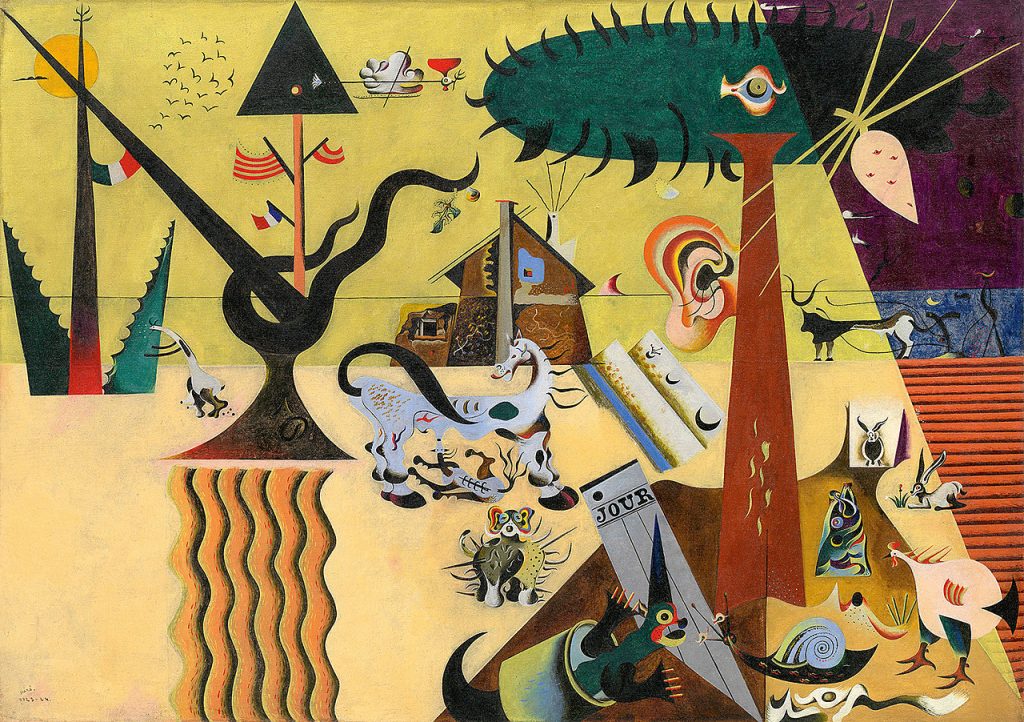
Above right, Joan Miro’s 1923 The Tilled Field which is generally regarded to be the first Surrealist painting – now in the Guggenheim Museum, NY
This post aims to expand on the above to give a history of the movement from 1915 up to the current day, including an overview of the political and social climate that influenced each stage of its development:
- WWI, Zurich, 1915: Dada, Surrealism’s Artistic Precursor
- Europe in 1924
- The Basis of Surrealism
- Artistic Variation and Sub-Genres
- WWII: Paris to New York
- Formal Disbandment and Enduring Influence
- Global Issues of 2024/5
- Relevance of Surrealism Today
WWI, Zurich, 1915: Dada, Surrealism’s Artistic Precursor
It is important to differentiate Surrealism, which has a serious and intellectual underpinning, from Dada, its more frivolous precursor. Dada was reactionary; it started in Zurich, in 1915, in the middle of the Great War, as an anti-art, anti-establishment, anti-everything, movement
Conventional logic and rational thinking, it was argued, had led to the horrendous state the world was in. Therefore, the solution resided in the intentionally irrational1, and the movement was specifically against:
- traditional aesthetics
- rational philosophy
- bourgeois capitalist society
- fascism
- organised religion
Right, Marcel Duchamp’s “Fountain” which is often cited as exemplary Dadaist
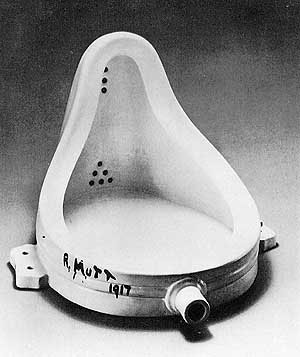
As Hugo Ball put it: “art is not an end in itself … but it is an opportunity for the true perception and criticism of the times we live in”
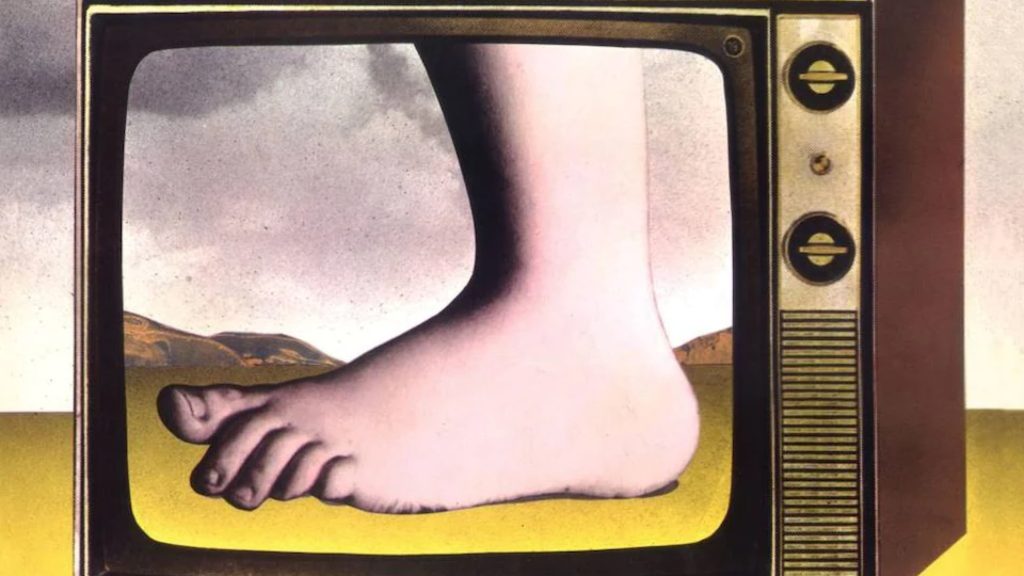
Dadaist humour is exemplified by Monty Python: the concept of a cheese shop with a bouzouki player but no actual cheese is fundamentally Dadaist
More recently, absurdist memes have become a mainstay of internet culture and contemporary live performance, particularly for protest or activist purposes
Europe in 1924
For Europe the period between the two world wars was a time of dramatic change
Politically, whilst the upper and middle classes were enjoying the “Roaring Twenties”, the populace of Europe faced grinding poverty. Food shortages and unemployment spawned civil unrest, and disillusionment with incumbent democracies led to political extremism on both the left and right
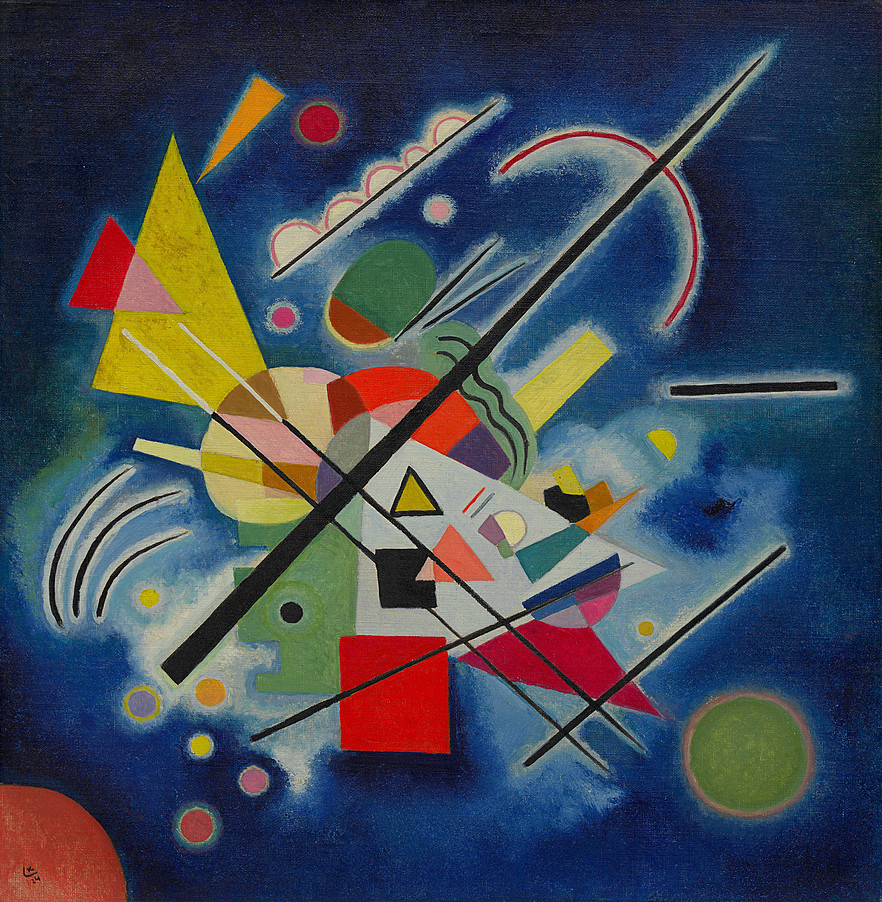
Artistically, despite the chaos there was a thriving “Modern” art scene. Art Deco was invigorating architecture and product design for the wealthy. This was itself influenced by the new painting styles of Fauvism & Cubism from France, Futurism from Italy, Vorticism from England and Constructivism & Suprematism from Russia. At the same time Germany was undergoing a similar artistic revolution with leaders including the Bauhaus
Left, Wassily Kandinsky’s 1924 Blue Painting, produced at the Bauhaus, now in the Guggenheim Museum, NY
Philosophically, Einstein, Freud, Lenin and Nietzsche were causing seismic shifts in thinking across physics, psychology, politics and morality
The Basis of Surrealism
Dada, intrinsically nihilistic and self-destructive, was officially all over by the end of 1923. Many Dadaists, particularly André Breton, were frustrated by its intentional meaninglessness and wanted to build on the theories of Sigmund Freud. In particular, they wanted to use automatism and dream analysis to access the truth and meaning of the subconscious, and in doing so create a genuinely greater art
André Breton, right, defined Surrealism as:
“pure psychic automatism, by which one proposes to express, either verbally, in writing, or by any other manner, the real functioning of thought” – Surrealist Manifesto, 1924

The new features of Surrealism were:
- Structured movement
- Expressions of the subconscious mind
- Symbolic juxtaposition
Hangovers from Dadaism included commitment to:
- The liberation of thought and language
- Art designed to unsettle and transgress boundaries
- Politics of the far left, specifically Trotskyism – Freida Kahlo had an affair with Leon Trotsky when he and his wife visited Kahlo and Diego Rivera in Mexico – introductions possibly by André Breton
The combination of all of these elements produced truly unique and bizarre works of art. Many Surrealist artworks have stood the test of time and remain iconic images of the 20th century because of their unusual and visually arresting qualities
Artistic Variation and Sub-Genres
In his book, “The Lives of the Surrealist”, Desmond Morris defines 5 categories of surrealist artist:
Paris to New York
The New York art world was aware of the Surrealist movement through exhibitions such as the MoMAs, 1936, “Fantastic art, Dada, Surrealism.” However, New Yorkers were less anti-aesthetic and anti-establishment than their Parisians counterparts. They also found many Surrealist works, with the exception of works by artists such as Joan Miro, lacking in artistic qualities. In general, they were more impressed by the Bauhaus and other Modernist movements of Europe and were busy assimilating those ideas
However, when Paris fell to the Nazis in June 1940, many of the Surrealists, along with other artists, fled to New York. Famous surrealist emigres include: André Breton, Marc Chagall, Piet Mondrian, Max Ernst, Yves Tanguy and Salvador Dali. Perhaps being faced with the Surrealists in the flesh caused the New York art world to reassess its position on the movement. Certainly, the concept of automatic painting as an means of accessing the subconscious became a unifying feature of the Abstract Expressionists

Jackson Pollock, 1952, “Blue Poles”, beneficiary of surrealist influence
Although most of the Surrealist emigres returned to Europe after the war, New York’s position as the Art Capital of the world had been established. The vast economic superiority of the United States at that time, with c. 50% of the world’s GDP and 80% of its hard currency, meant that it remained home to the most influential (and deep pocketed) collectors, galleries and artists
Formal Disbandment and Enduring Influence
Mark Polizzotti, in his book “Why Surrealism Matters”, suggests that the symbolic high point of Surrealism was the May 1968 uprising in Paris. Lasting two months and involving eleven million people, it spawned a vast outpouring of street art and it’s most famous, fundamentally Surrealist, slogan:
“Beneath the Paving-stones, the Beach”
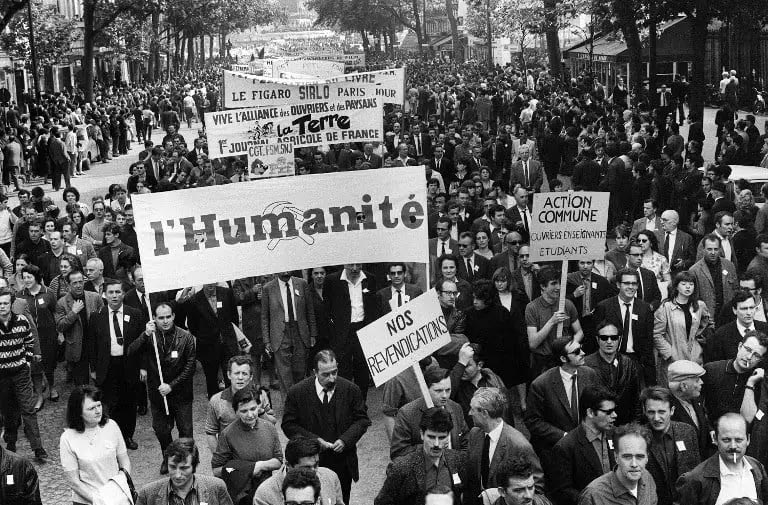
Sadly André Breton did not live to see this revolutionary act. It was the peak of Surrealism and all it stood for. Beyond this point, Surrealism became ubiquitous and no longer exclusive to a small group of practitioners. Just a few months after the riots, the French Surrealist Group was official disbanded, Breton having already died 18 months previously
The influence of surrealism continued. Throughout the 1970s, for example, designers such as Hipgnosis used surreal juxtapositions and dreamscapes as expressions of the counterculture in album designs for band such as Pink Floyd and Led Zeppelin. David Lynch’s films from Eraserhead onward contain surrealist visuals; Mulholland Dr in particular has a dreamlike structure with characters from the first half of the film reappearing in different guises in the second

My reinterpretation of the Pink Floyd, “Wish You Were Here”, album cover, self-portrait as René Magritte, created 28th April 2024
Global Issues of 2024/5
Whereas the existential angst of 1924 was driven, amongst other things, by:
- Friedrich Nietzsche’s contention that one should not/ cannot rely on god to control one’s life but should instead define one’s own sense of purpose. Thus increasing the responsibility of the individual to lead a good and worthwhile life
- Einstein’s theories of relativity and quantum mechanics suggesting that the fabric of reality is incomprehensibly (to most people) more complicated than previously though
- Freud’s proof that the mind works in mysterious ways
- Lenin’s practical implementation of Carl Marx’s theories of a more fair and equal society, highlighting the inequities of the Western world at that time
Today’s existential threats include:
- nuclear proliferation – we are literally capable of initiating our own extinction as a species
- climate change – gradually and relentlessly making the world less habitable for humankind
- artificial intelligence – undermining our self-esteem as the “most intelligent beings” on the planet
- social inequality – making society less stable – Wikipedia Article
Surrealism provides an alternative way to look at and question the above, as much in 2024/ 25 as it did in 1924/25
Relevance of Surrealism Today
Freud’s theories of psycho-analysis were further developed, first by Carl Jung, and latterly and most notably by Jacques Lacan. Lacan, in particular, emphasised the pervasive power of societal structures in limiting an individual’s ability to self-determination. A concept that generally supports left wing political narrative, which after all was one of the initial objectives of Surrealism
However, most activist memes propagated on the internet are more Dadaist than Surrealist; confrontational, chaotic and irreverent, rather than poetic, eerie and inviting of a considered emotional response
Surrealism contribution to today’s culture is as an intellectual process to question and understand reality. It promises a thoughtful route to, and means of expressing, our deeply held, and potentially repressed, feelings without the constrain of logic or rationality, and is used across all mediums.
As an artistic tool:
- many abstract artists claim to just start painting and wait to see what happens; being guided entirely by their subconscious
- photographers, me and many others I have discussed this with, often indulge in largely unguided experimentation when processing images; exploring alternative representations; seeking the arrestingly original
- the above is in addition to exploring alternatives in camera at the shooting stage
- other contemporary artists, both painters and photographers, use Surrealist techniques of dream logic and unexpected juxtapositions to create images that are psychologically disorientating and uncanny
My image “Industrial Human Condition” below, which did well in a recent print competition at the Stoke Poges Photographic Club, reinterprets René Magritte’s “Human Condition” paintings, 1933 to ’35 and his statement:
“Everything we see hides another thing, we always want to see what is hidden by what we see. There is an interest in that which is hidden and which the visible does not show us.”
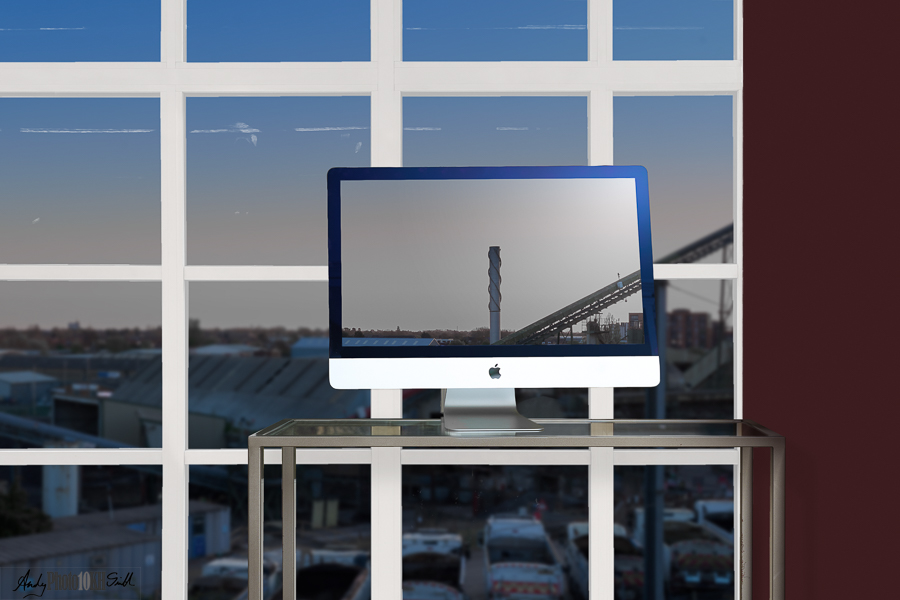
Footnote on the role of the proto-surrealists
Worthy of mention, but outside the stated date range of this post are:
- Hieronymus Bosch (1450-1516), directly influenced a number of surrealists including Salvador Dali. In particular the mysterious fish-like object at the centre of Dali’s “Persistence of Memory” is recognisable as a self-portrait by reference to his earlier works in which the same figure appears, and bears a remarkable similarity to the element in the left-hand panel of Bosch’s “The Garden of Earthly Delights” – comparison below
- Giuseppe Arcimboldo (1527-1593), most famous for this portraits of people that are composed of other objects – “The Librarian”, 1566, right
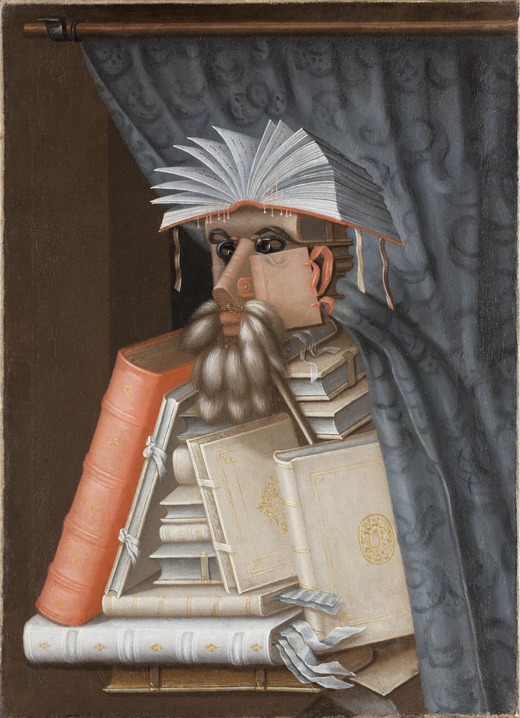
André Breton saw the above artists as visionary precursors to Surrealism. His 1924 Manifesto of Surrealism, which outlines the movement’s philosophical foundations, alludes to the uncanny and transformative qualities found in their work
- Paradoxically, this is a rational argument justifying irrationality. The true Dadaists were also anti-Data, but this again is a self-contradictory rational argument. ↩︎

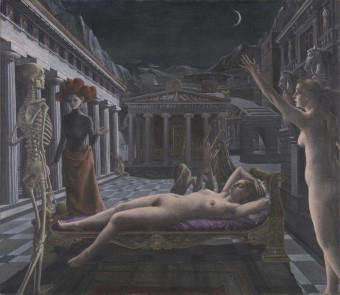
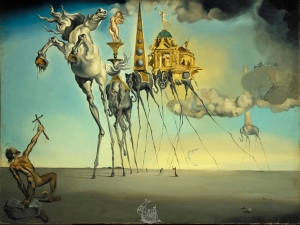
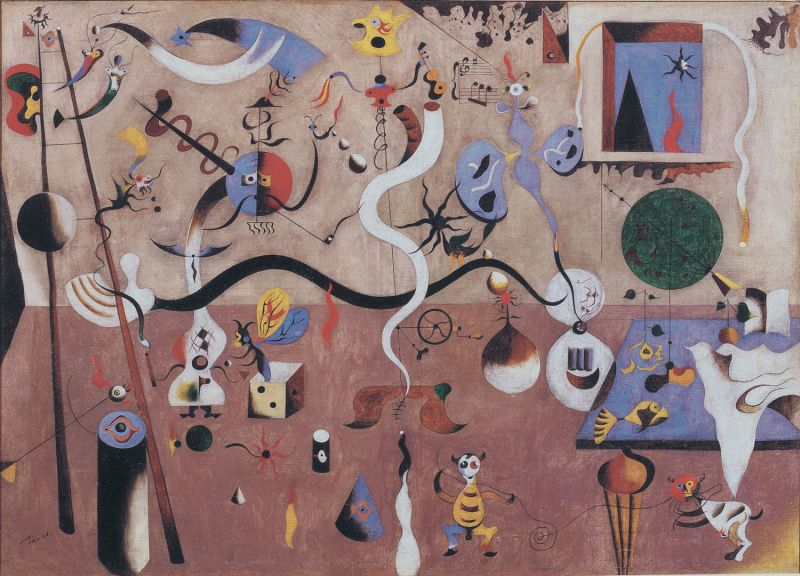
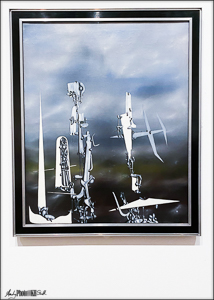
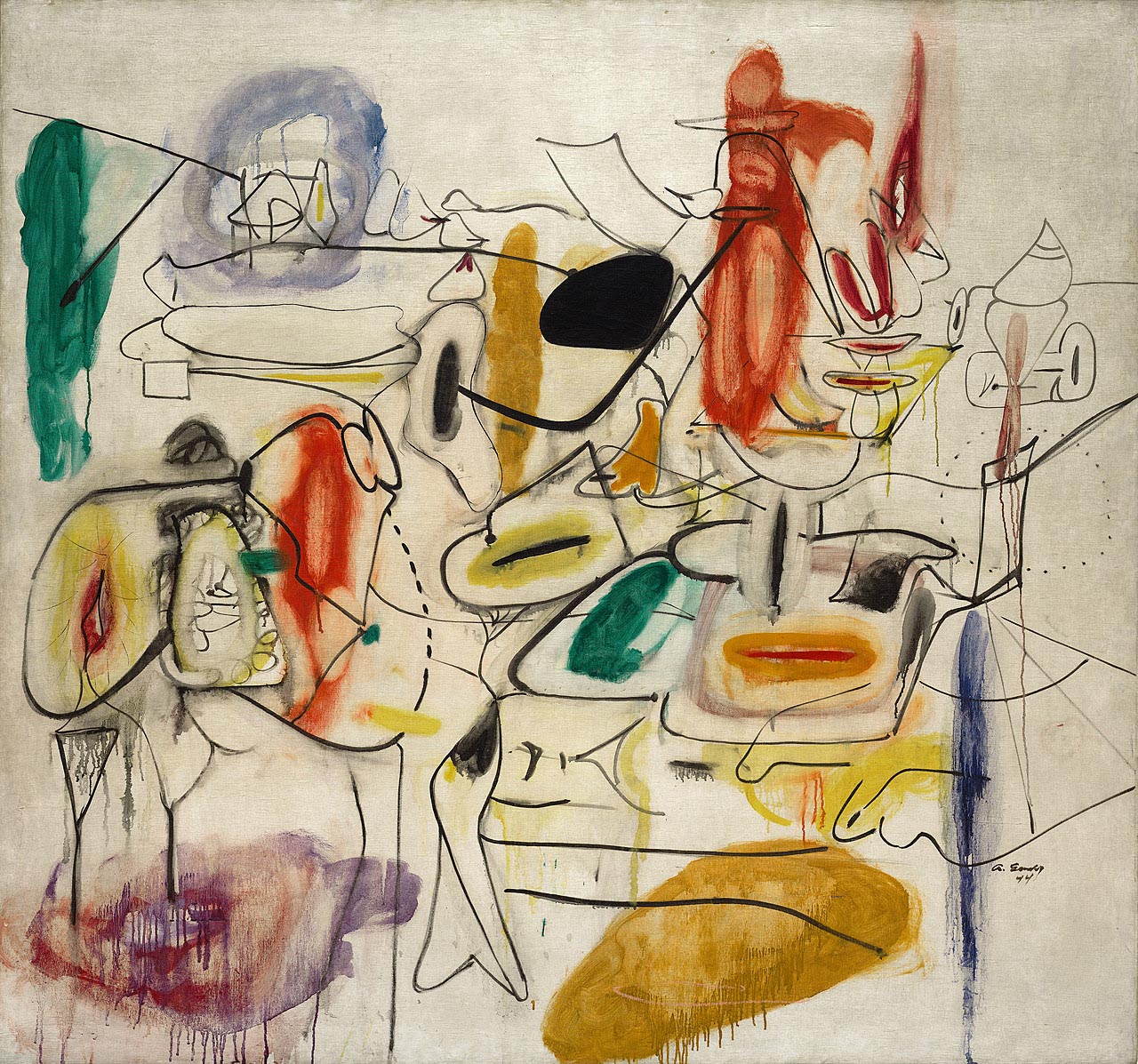
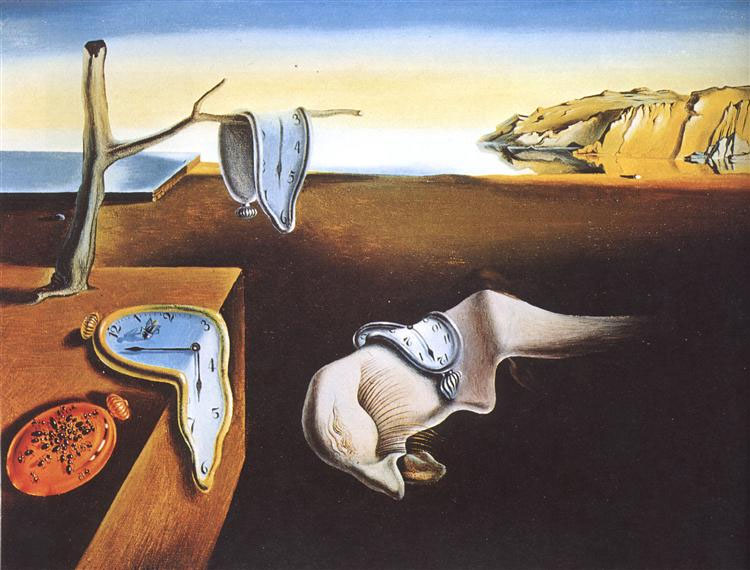
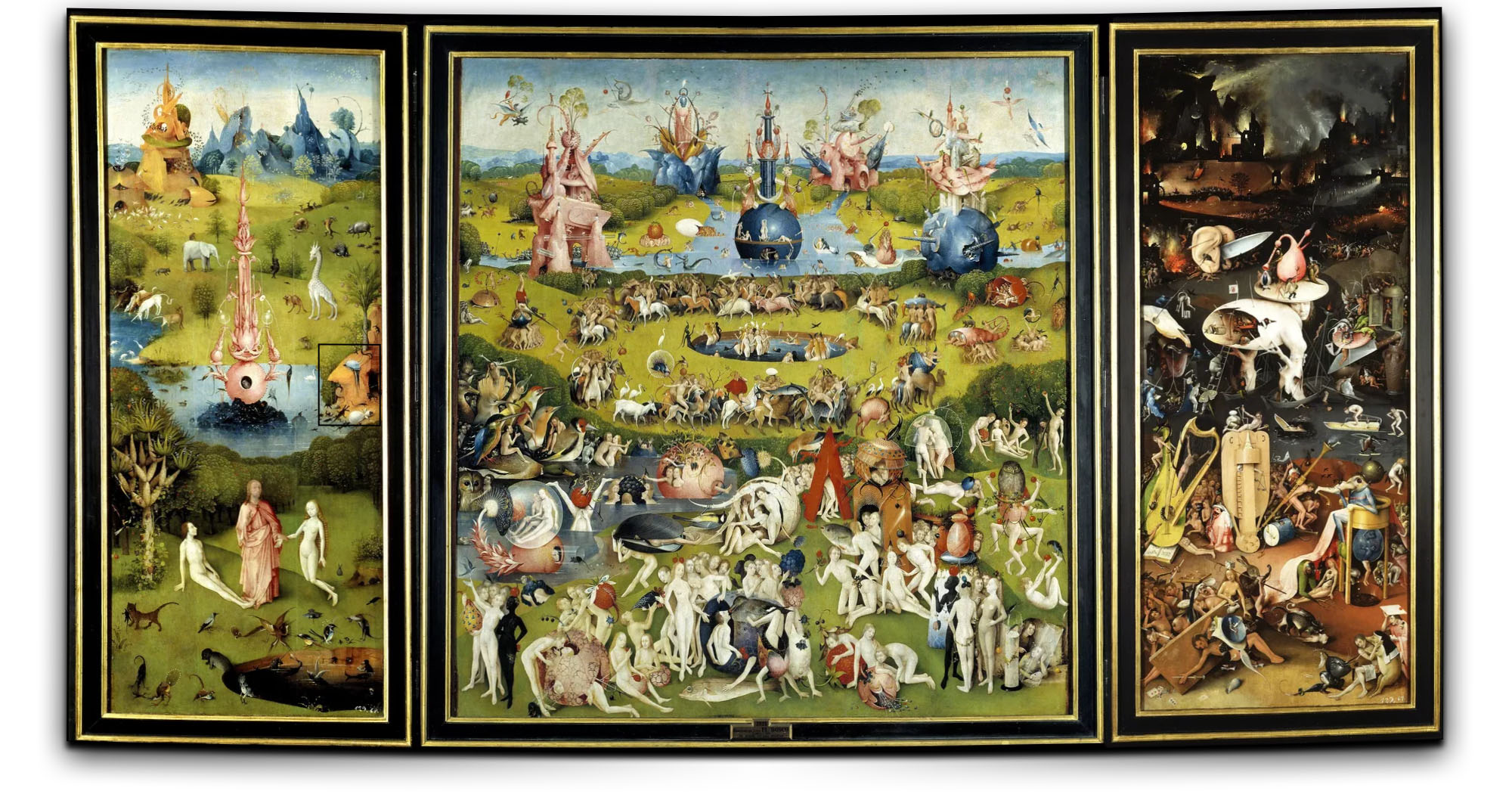
Leave a Reply